Energy Storage Lithium Battery ≤ 50mΩ @ 50% SoC
Energy storage lithium battery it is one of the hot technologies in the field of energy storage, and one of its performance indicators is internal resistance. Internal resistance is an important parameter of lithium battery for energy storage, which reflects the conductivity and resistivity of the battery and has an important influence on the charge and discharge performance and cycle life of the battery. In lithium battery energy storage, the internal resistance is usually expressed as the resistance value of the electrode per unit area, and the unit is Ohm (Ω). This article will focus on the significance and influence of the internal resistance of lithium battery for energy storage when it is ≤50mΩ @ 50%SOC.
I. Significance of internal resistance ≤ 50mΩ @ 50%SOC
-
internal resistance affects charge and discharge efficiency:
- the smaller the internal resistance of the lithium battery for energy storage, the higher the charging and discharging efficiency. When the internal resistance is below 50 Mohm, the charging and discharging efficiency of the battery will be effectively improved, energy loss will be reduced, and the energy utilization rate of the system will be improved.
-
Internal resistance affects battery life:
- the energy storage lithium battery with smaller internal resistance produces less heat during cyclic charging and discharging, and the battery temperature rise is smaller, which is beneficial to prolong the cycle life and stability of the battery.
-
Internal resistance affects battery performance:
- the energy storage lithium battery with smaller internal resistance has better discharge performance and dynamic response capability, which can release or absorb energy faster and improve the response speed and stability of the system.
II. How to achieve internal resistance ≤ 50mΩ @ 50% SOC
-
optimized battery design:
- the optimized battery structure and materials are adopted to improve the conductivity of the electrode and electrolyte and reduce the internal resistance of the battery.
-
Control Battery process:
- strictly control battery production process and quality control to ensure the precise implementation of each production link and reduce the unstable factors of internal resistance.
Optimize battery management system:
- the intelligent battery management system monitors and controls the battery in real time to adjust the current and voltage in the charging and discharging process of the battery and reduce the influence of internal resistance.
III. Application scenarios where internal resistance ≤ 50mΩ @ 50% SOC
-
electric vehicle:
- in the field of electric vehicles, the energy storage lithium battery with internal resistance ≤ 50mΩ @ 50% SOC can provide higher mileage and faster charging speed, thus improving the performance and competitiveness of electric vehicles.
-
Solar energy storage system:
- in solar energy storage system, the energy storage lithium battery with internal resistance ≤ 50mΩ @ 50% SOC can provide higher battery utilization rate and more stable energy output, improving the energy utilization efficiency of the system.
-
Industrial energy storage system:
- in the industrial energy storage system, the energy storage lithium battery with internal resistance ≤ 50mΩ @ 50% SOC can provide faster response speed and more stable energy output, meeting the high requirements of industrial production for energy supply.
Internal resistance ≤ 50mΩ @ 50%SOC is one of the important performance indexes of lithium battery for energy storage, which has an important influence on the charge and discharge efficiency, cycle life and performance of the battery. Through methods such as optimizing design, controlling process and optimizing management system, the requirement of internal resistance ≤ 50mΩ @ 50%SOC can be realized, and the overall performance and application effect of lithium battery for energy storage can be improved.
 Dongguan Juneng New Energy Technology Co., Ltd.
Dongguan Juneng New Energy Technology Co., Ltd.
 137 5142 6524(Miss Gao)
137 5142 6524(Miss Gao)
 susiegao@power-ing.com
susiegao@power-ing.com
 Xinghuiyuan High tech Industrial Park, Dalang Town, Dongguan City, Guangdong Province
Xinghuiyuan High tech Industrial Park, Dalang Town, Dongguan City, Guangdong Province


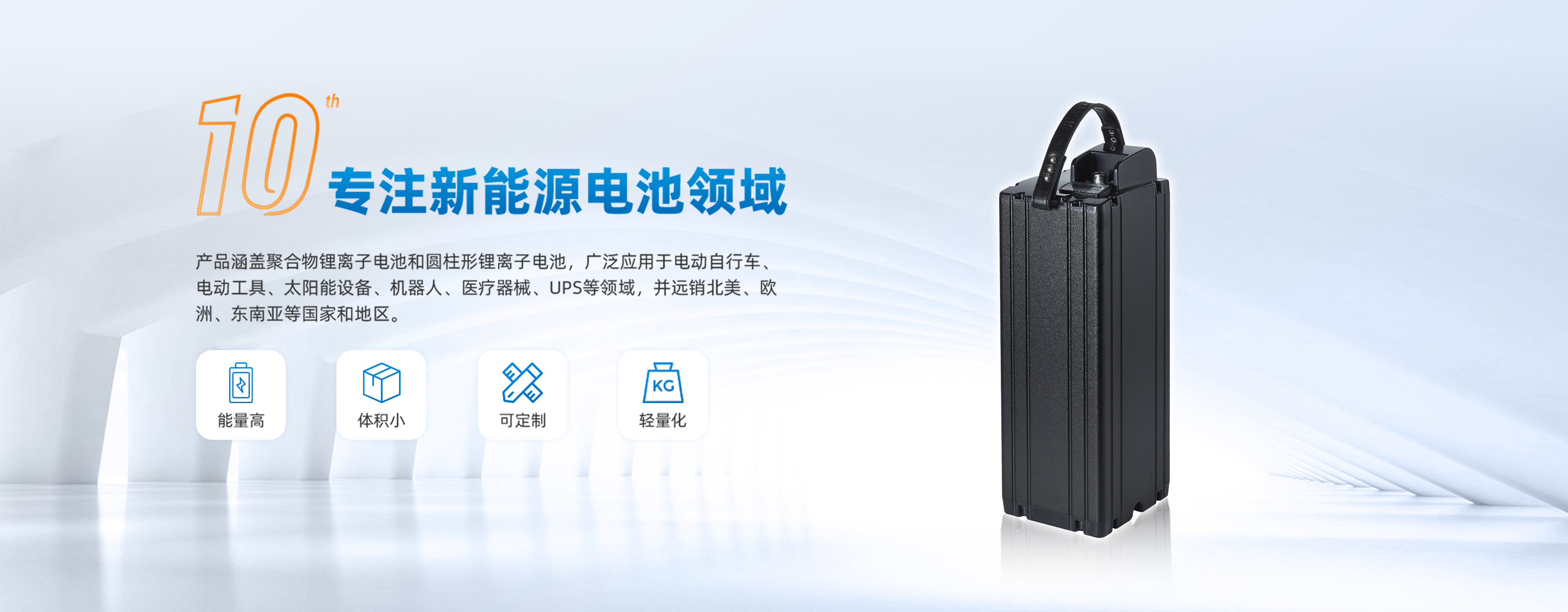
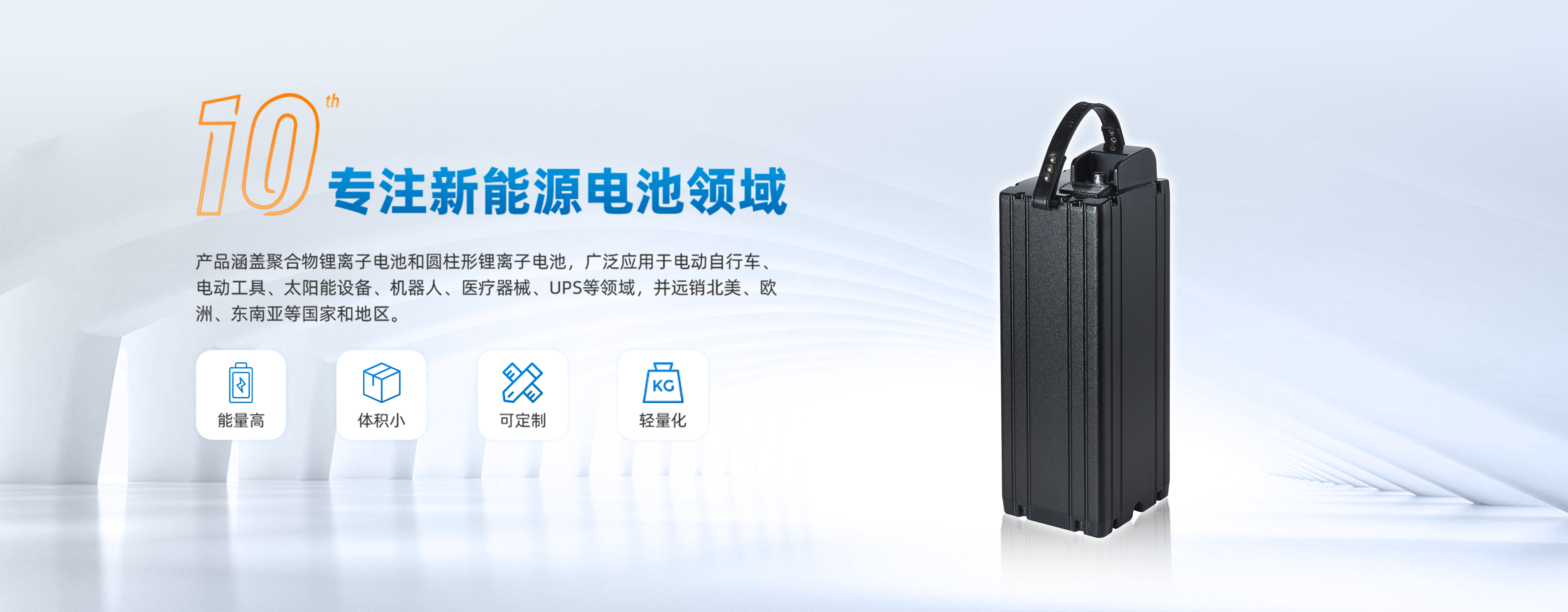
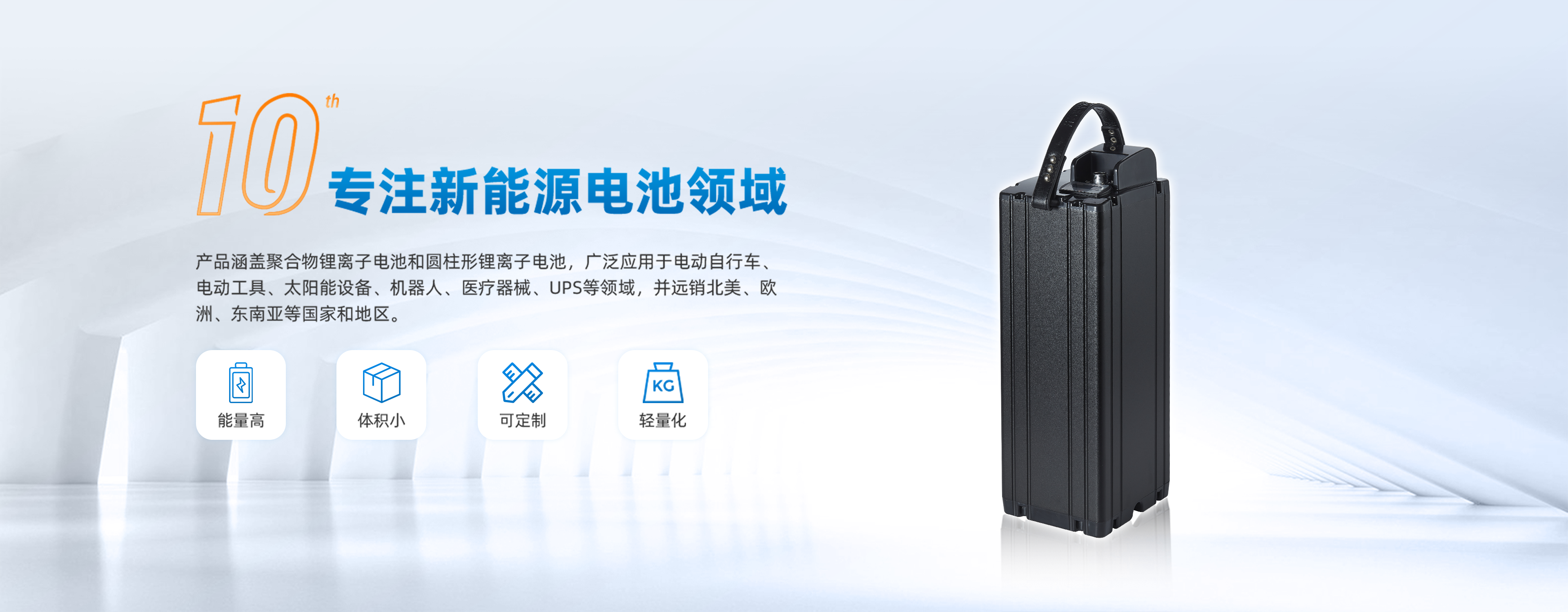



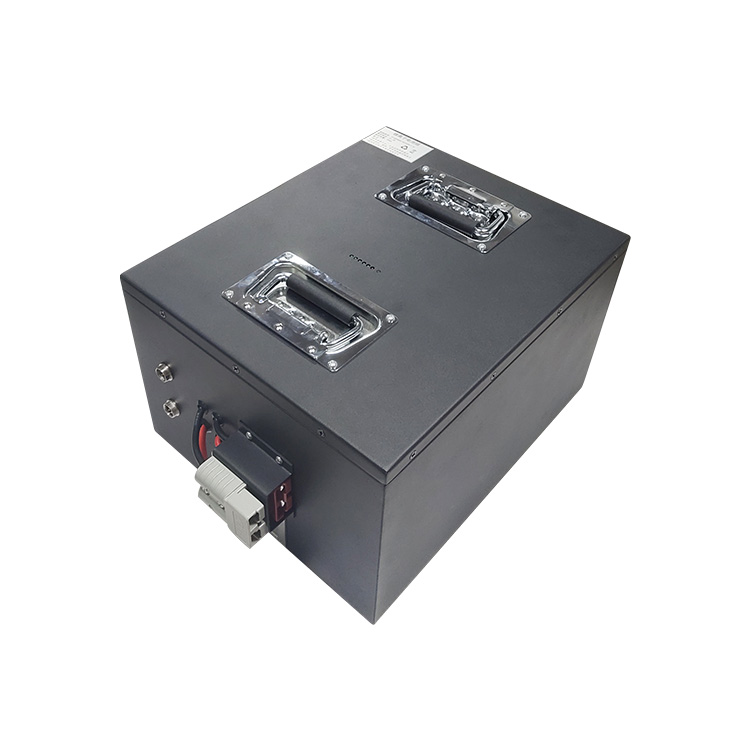


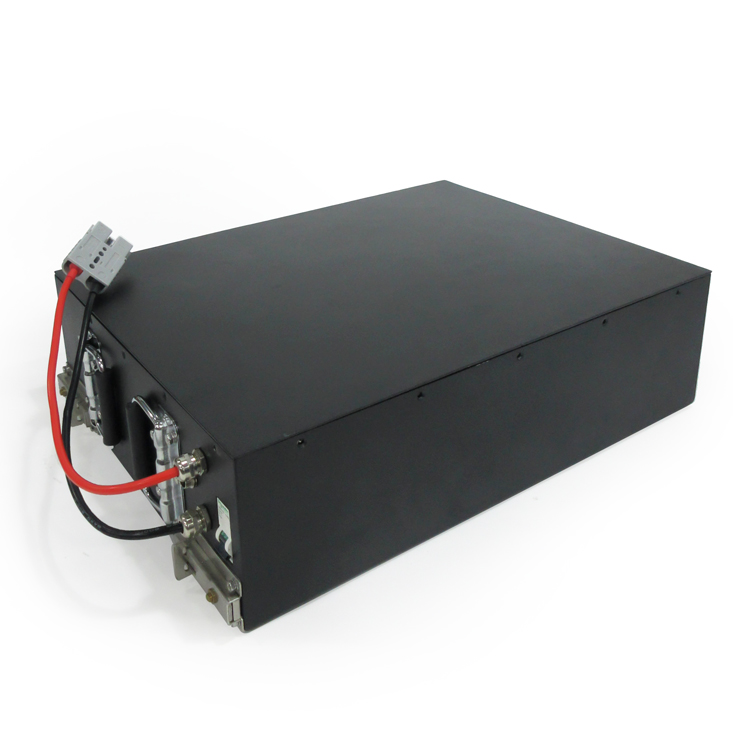

 Yue Gong Wang An Bei No. 4419002007491
Yue Gong Wang An Bei No. 4419002007491